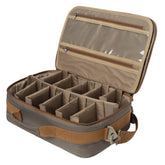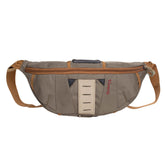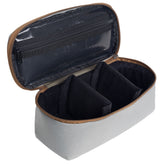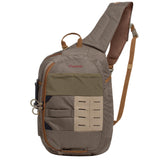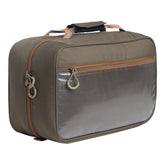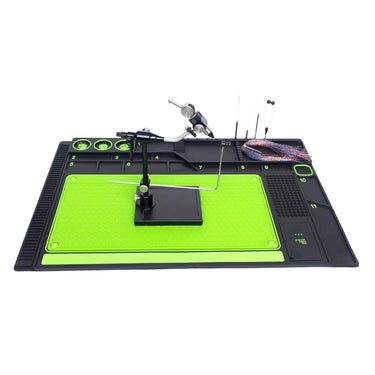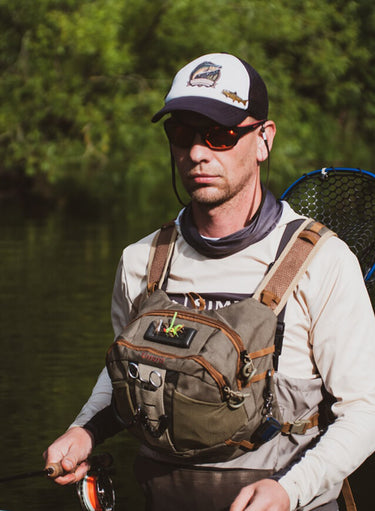Flies: A Guide to the Best Types and Hand-Tied Options for Beginners
When it comes to fly fishing, the right flies can make all the difference in your success on the water. Understanding the best fishing flies for your local conditions is crucial for attracting fish and enhancing your overall experience. Whether you’re a seasoned angler or just starting, knowing which flies to use can elevate your fishing adventures.

In this blog post, I will explore various types of fishing flies, catering to both beginners and experienced fishers. I’ll also share insights on hand-tied fishing flies, which offer customization that can significantly improve your catch rate. By the end of this article, you'll have the knowledge to choose the most effective flies for your fishing needs.
Understanding Fishing Flies
Fishing flies are intricate tools designed for catching fish through various techniques. Their design, functionality, and species-targeted nature play crucial roles in a successful fishing experience.
Anatomy and Design
Each fly typically has three main components: the hook, the body, and the wings. The hook varies in size and shape, influencing the type of fish it attracts. The body can be made from synthetic materials, fur, or feathers, creating different textures and reflectiveness. The wings are often composed of feathers, and their placement is crucial for achieving desired floatation or sinking characteristics.
Patterns are essential in fly design. For instance, dry flies float on the water surface, while wet flies sink beneath. Streamers mimic larger prey, and nymphs resemble aquatic insects in their larval stage. Soft hackle flies feature delicate materials that can stir the water, attracting attention. I focus on selecting patterns that match the prevalent prey in a given fishing environment.
Function and Behavior
Fishing flies function by mimicking the natural prey of target fish species. I often observe how the movement and presentation of a fly can entice fish to strike. Employing techniques like 'match the hatch' maximizes my chances for success, as this considers the timing and specific species of insects emerging during my fishing trip.
Different techniques work effectively depending on the fly type. For example, using a slow retrieve with a streamer can mimic a wounded baitfish. Conversely, a quick twitch in a dry fly can create a stimulating surface disturbance. Timing, speed, and rhythm of presentation are crucial elements in influencing a fish’s behavior.
Species-specific Flies
Tailoring my flies to match specific fish species makes a significant difference. For trout, I favor light, delicate patterns like dry flies and nymphs during hatch seasons. For salmon, larger, more robust flies, such as streamers, tend to provoke aggressive strikes. Meanwhile, bass often respond well to attractor patterns, which stand out in their environment.
Understanding fish diets is vital for species-specific selection. For instance, targeting steelhead often requires bead-head nymphs or larger streamers that replicate their preferred food source. My success rate increases significantly when I customize my fly selection based on the species I aim to catch.
Fishing Flies for Beginners
As a beginner in fly fishing, selecting the right flies can significantly enhance my experience. Understanding a few essential types of flies and some basic techniques is crucial to successful outings on small streams, lakes, or ponds.
Essential Flies for the Novice Angler
I recommend starting with a selection of dry flies, wet flies, nymphs, and streamers. Each type serves different fishing conditions and fish behavior.
- Dry Flies: These mimic insects on the water's surface. Good options include the Adams and Elk Hair Caddis.
- Wet Flies: Designed to sink below the surface to imitate submerged insects. The Hare’s Ear Nymph and Pheasant Tail are reliable choices.
- Nymphs: These flies represent the larval stage of insects. They are very effective when fish are feeding below the surface.
- Streamers: These mimic baitfish and can attract larger species. Wooly Buggers are a solid choice for beginners.
Having a variety of 12-15 flies in my fly box allows for adaptability to changing conditions.
Basic Fly Fishing Techniques
When starting, mastering a few casting techniques is vital. I focus on the basic overhead cast. This involves pulling the line back to create tension before moving it forward. Practice in my backyard or at a local pond helps develop precision.
Another important technique is mending the line. This corrects any drag created by the current, allowing my fly to drift naturally.
When targeting different bodies of water, I adjust my approach. For small streams, I use stealth and short casts, while in lakes and ponds, long casts with varied retrieves can be more effective. Familiarizing myself with these fundamental techniques enhances my fishing experience.
Advanced Fly Fishing

In my experience with advanced fly fishing, mastering innovative fly tying techniques and adapting to various environments are crucial for success. These elements greatly enhance the effectiveness of my fishing endeavors.
Innovative Fly Tying Techniques
I have found that incorporating innovative fly tying techniques significantly improves my success rates. One method I often use is the pheasant tail nymph, which excels in freshwater settings. This fly mimics the natural insects that fish prey upon.
Moreover, I pay close attention to the hackle material, as it affects both the buoyancy and movement of the fly. Varying my techniques, like using freshwater streamers for larger fish, allows me to adapt to different species and conditions. Hand-tied flies often provide a personal touch that commercial options may lack.
Fly Fishing in Various Environments
Adapting my skills for different environments is key to successful fly fishing. In lakes, I typically use floating flies that imitate surface insects, while in ponds, I may switch to subsurface patterns to attract fish hidden from view.
In freshwater streams, I focus on matching the local hatch, where my understanding of local aquatic life enhances my strategy. When venturing into saltwater, I choose larger, flashier flies to capture the attention of aggressive species. Each environment requires a unique approach, influenced by factors like weather, water clarity, and fish behavior.



